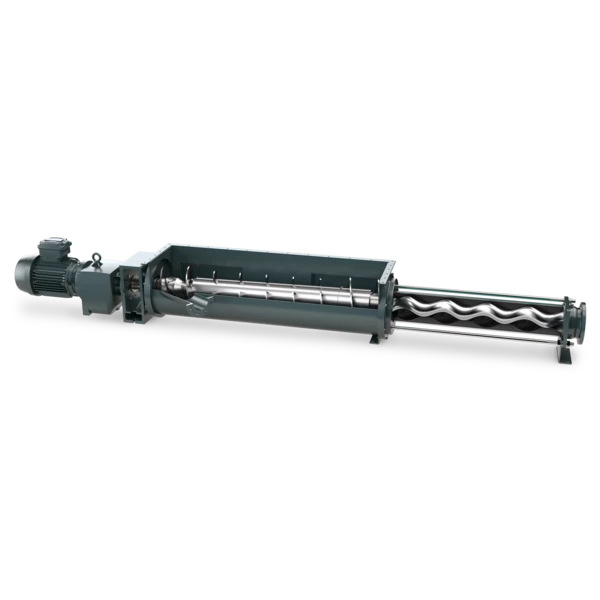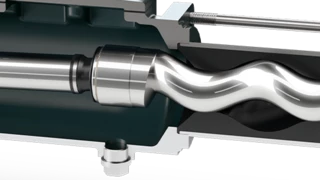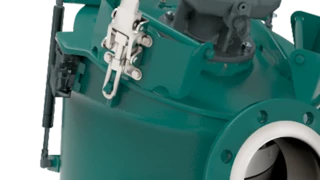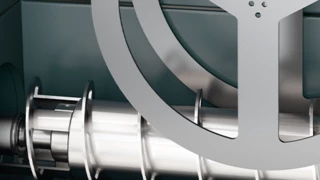small biogas plants
Pumps for Efficient Operation of Small Biogas Plants
NEMO® B.Max mixing pump optimizes homogenization and mixing
Compensation for biogas operators is increasingly being cut, and subsidies are being cancelled. Thus it is even more important that the efficiency of small biogas plants, in particular, is increased. NETZSCH Pumps & Systems developed an innovative solution for homogenizing and mixing the substrate as a global specialist for complex fluid management.
We will show you how to save electricity and substrate when feeding the fermenter using a NEMO® B.Max mixing pump and consequently operate even small biogas plants efficiently.

Individual Consulting
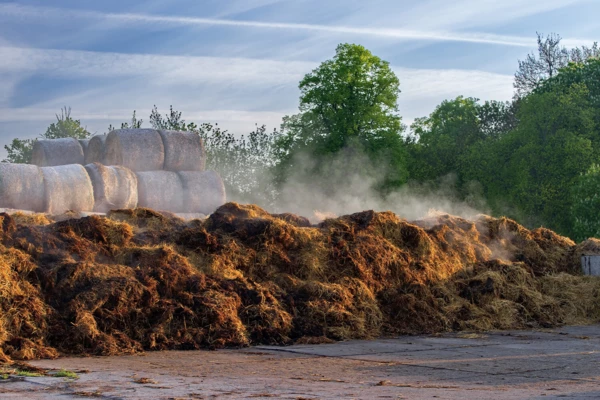
Reduce costs and minimize effort when pumping in biogas troughs
The generous subsidies for renewable energies triggered a biogas boom in Germany years ago. However, since these have been discontinued for some time and the payments have been significantly reduced, small biogas plants, particularly, have to fear their existence. As in many areas, the same applies to the biogas sector: Reduce costs and minimize effort. To optimize biogas plants, specially coordinated pumps and systems are necessary. With an innovative pumping solution for feeding, the substrates can be homogenized, mixed and inoculated with fermentation bacteria even before they reach the fermenter. Thus even small biogas plants can be operated efficiently again.
Mixing pump for biogas substrates replaces vulnerable screw conveyors
The core element of biogas production is biomass fermentation by specialized fermentation bacteria. The better these can work, the higher the gas yield is – which means the plant concept should be designed to create the ideal habitat for the microbial aides. As far as possible, this includes good pre-maceration of the substrates to create more contact areas for fermentation, thorough mixing of the substrate to ensure full distribution of the bacteria and consistent temperature control of the fermenter. However, the usual biomass mix of silage, plant cuttings, dry components such as chicken droppings and manure offers a rather poor basis for this: the inhomogeneous composition not only limits fermentation, but also makes it more difficult to feed the fermenter. Screw conveyors are therefore often used. These can indeed transport any kind of material, but they are also susceptible to breakdowns, cumbersome and dirty.
This pump makes a mixing vat in biogas plants superfluous
The NEMO® B.Max mixing pump is based on the proven progressing cavity technology, in which a rotor rotates in a geometrically matched stator. This opens up uniform delivery chambers in which the product is gently conveyed from the suction to the discharge side, regardless of its consistency. At the same time, the technology makes a separate mixing vat superfluous. The pump, specially developed for biogas plants, allows you to convey the biomass over longer distances and uphill gradients, giving you more flexibility in designing your biogas plants. For particularly lumpy fibrous substrates with a high dry substance content, you can also integrate or retrofit an aBP-Module® on the pump. This prevents bridging using rotating wheels on the side walls.
Pulp feeding represents an alternative to dry feeding process described above. It involves the substrate already being homogenized, mixed and inoculated with fermentation bacteria before the fermenter. NETZSCH Pumpen & Systeme GmbH has developed the NEMO® B.Max® mixing pump specially for this application. This is based on proven progressing cavity pump technology which involves a helix rotor rotating in a stator that is geometrically adapted to it. In the process, conveying chambers with the same shape open up in which the product is conveyed smoothly from the inlet to the discharge side, irrespective of its consistency. At the same time, the technology means there is no need for a separate mixing tank and also enables conveyance of the biomass over longer distances and gradients allowing more flexibility in plant design. Where there is particularly lumpy, fibrous substrate with a high dry matter content, an aBP-Module® bridge breaker can also be incorporated which prevents bridging on the sidewalls by means of rotating wheels. For even greater operational reliability – especially where it is intended to recycle very coarse basic materials – it is advisable to connect a macerator before the pump. This allows impurities such as stones to be removed and plant remains with long fibers to be chopped up before they can cause damage or clogging. NETZSCH developed the M-Ovas® cutting plate macerator for this, which comprises a knife head with hard metal knives and an edge made of hardened steel that can be used on both sides. The TORNADO® rotary lobe pump was for instance created for tasks involving high conveyance volumes, such as emptying manure barrels or substrate agitation. Its large conveying chamber and wide free ball passage mean it is to a large extent immune from clogging and can transport up to 1,000 m³/h, depending on the model.
NEMO® B.Max mixing pump in block design
- Product: Fermentation substrate
- Throughput volume: 70 m³/h
- Pressure: 48 bar
